Best VR Headsets for Schools
The best VR headsets for schools are one of the ideal ways to offer engaging and immersive learning right now
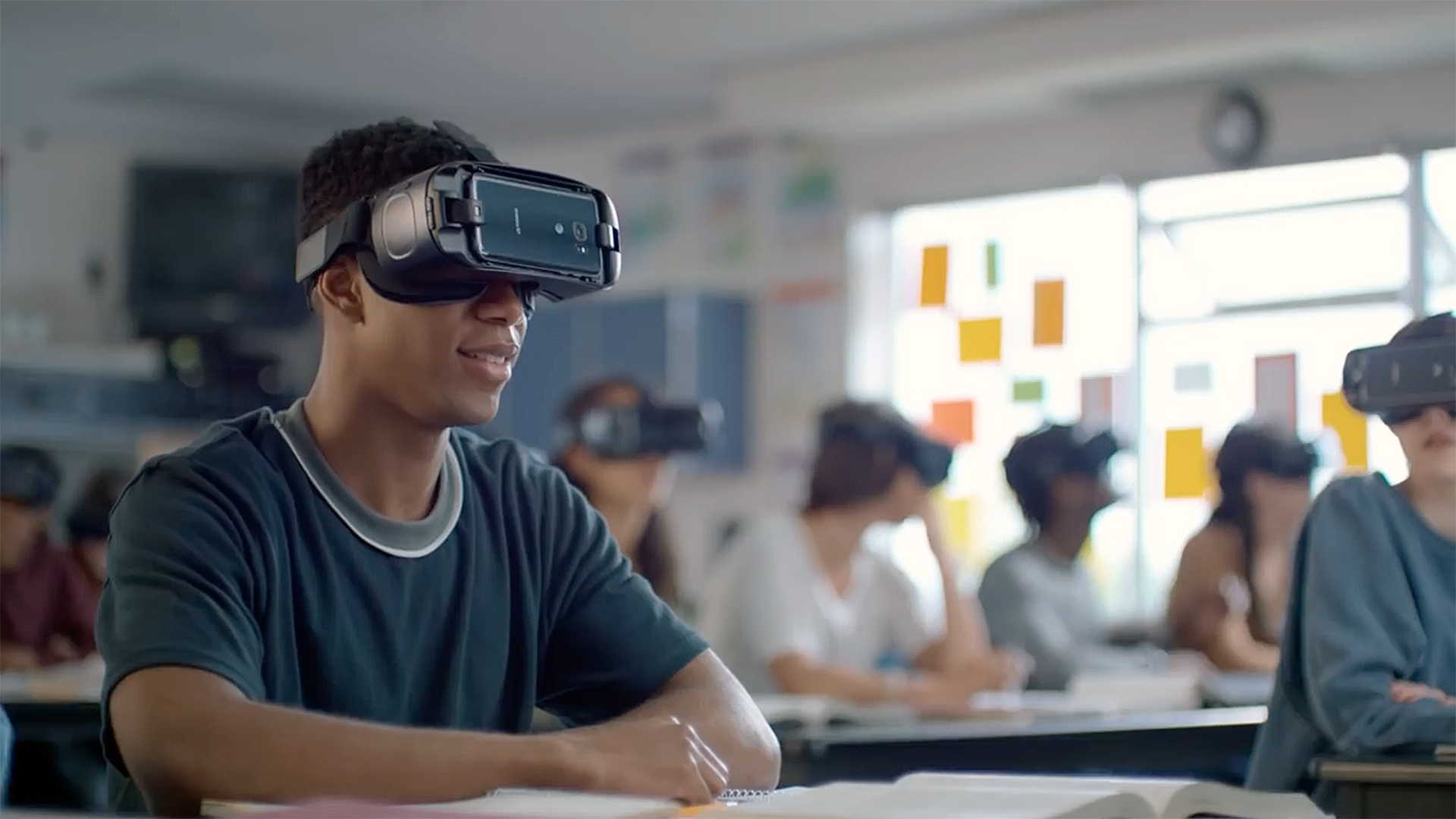
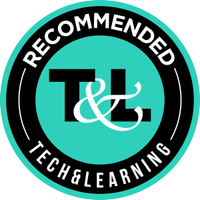
This article was updated in April 2024
The best VR headsets for schools are being used far more widely now. The technology is more affordable and available, while the software options are greater than ever, and growing daily.
Both virtual reality and augmented reality headsets give teachers an opportunity to offer students an immersive experience of a topic or subject. From taking a virtual trip to ancient Rome to dissecting a frog without any real animals being harmed, the possibilities are broad. Plus, this option is far more affordable and safe than the physical world alternatives.
Many headset systems now work as a group, allowing the teacher to guide the students as they each have a personal viewing experience from their connected headset. This can mean a great focus of attention, even for students that might otherwise struggle to stay engaged in a group situation.
Here's what to know about buying a VR headset.
For this guide we're mostly looking at the best VR and AR systems for schools, used in the classroom.
Best VR headsets for schools
1. ClassVR: Best Overall
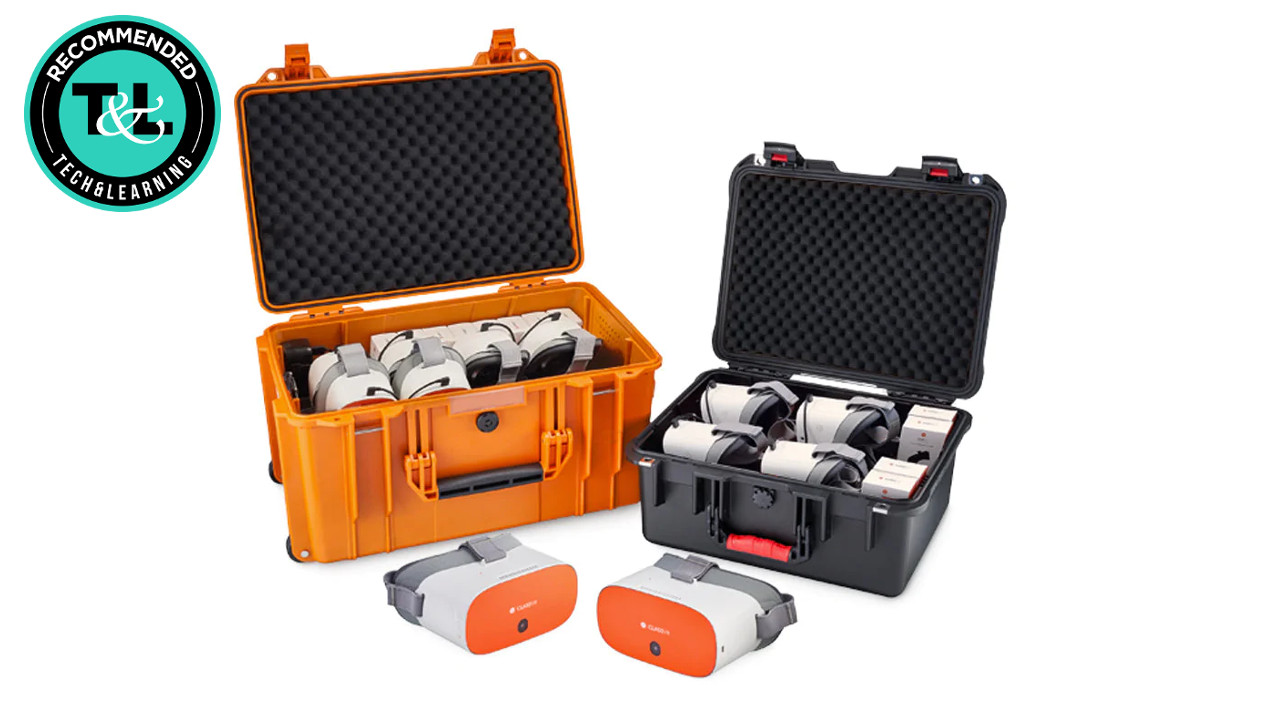
ClassVR
Our expert review:
Specifications
Reasons to buy
Reasons to avoid
The ClassVR system, by Avantis, is a purpose-built VR headset and software package designed for schools. As such, these headsets are solidly constructed with a plastic shell and wide headband. Each system comes with a pack of eight, plus all the kit necessary to get up and training. Crucially, ClassVR also offers a lot of assistance with setting up the install and managing the system, if that's what the school chooses.
The system offers plenty of educational content that is actually curriculum-aligned. Since it's all run from a centralized management system, it leaves the teacher in total control and also means you don't need more than one main computer to have it up and running.
Since this ensures all the students see the same content at the same time, it can facilitate a group learning experience, just as with a real class trip, for example. The price is reasonable for what you get but when you compare to affordable options that work from home, it's still a commitment.
2. VR Sync: Best for Use with Multiple Headsets
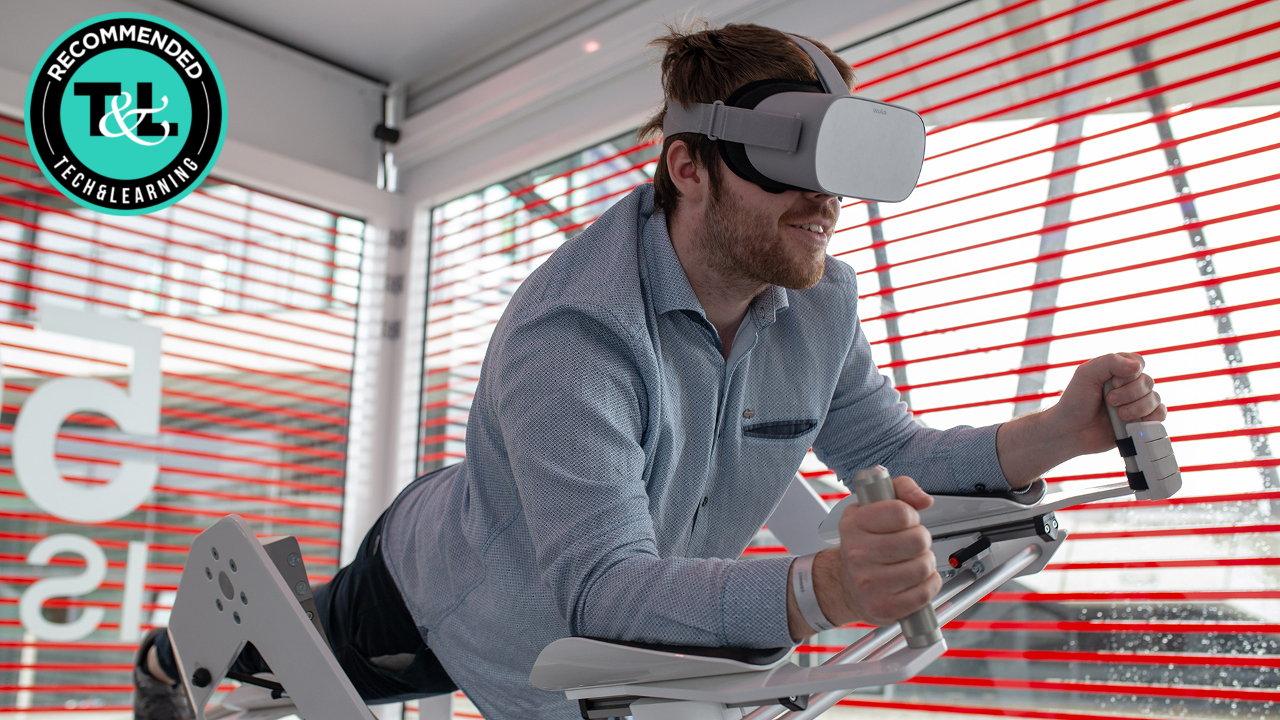
VR Sync
Our expert review:
Specifications
Reasons to buy
Reasons to avoid
VR Sync is a digital platform that can be used to send a VR experience to multiple headsets. Since this is simply the software part of that, it leaves the school free to use varying headsets. This is also a great option for a school that allows students to bring in their own headsets from home.
You can add videos, so you can make your own or use those downloaded from online. You get full 360-degree video with spatial audio for full immersion. It also offers an option to study analytics of how users interact – aimed more at business users, but it has potential for the classroom too.
Sync VR currently works with Oculus Go, Oculus Quest, Oculus Rift, Pico, Samsung Gear VR, Android, and Vive.
3. Redbox VR: Best for Content
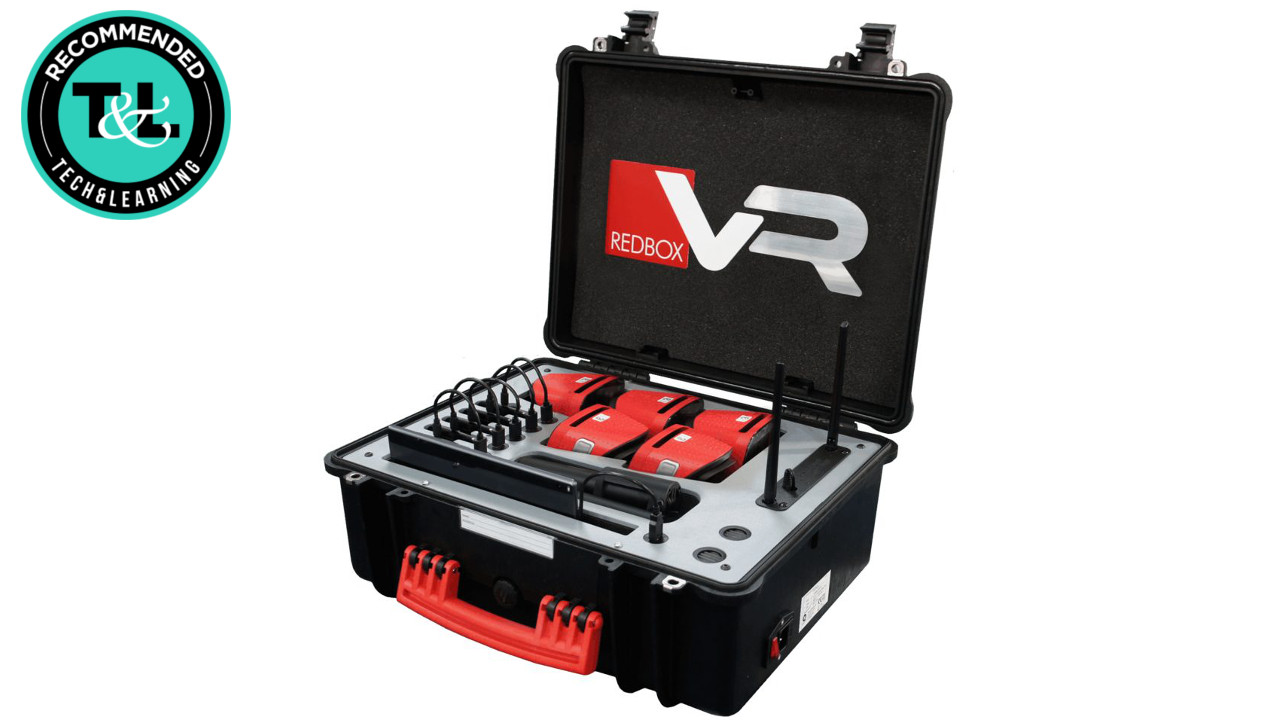
Redbox VR
Our expert review:
Specifications
Reasons to buy
Reasons to avoid
The Redbox VR system is similar to the ClassVR setup, only this offering is created to work with Google Expeditions specifically. As such, it's an ideal way to take a class on a virtual tour of places all over the world, now and in the past.
The system comes in a box with a selection of headsets and all the kit needed for set up and keeping the system charged for use. An optional 360-degree video recording setup allows users to make their own videos – ideal for a virtual tour of the school, for example.
The system comes with a 10.1-inch tablet that allows the teacher to control the experience with ease while still remaining mobile enough to move around the class.
4. Oculus Meta Quest 3: Best Stand Alone Setup
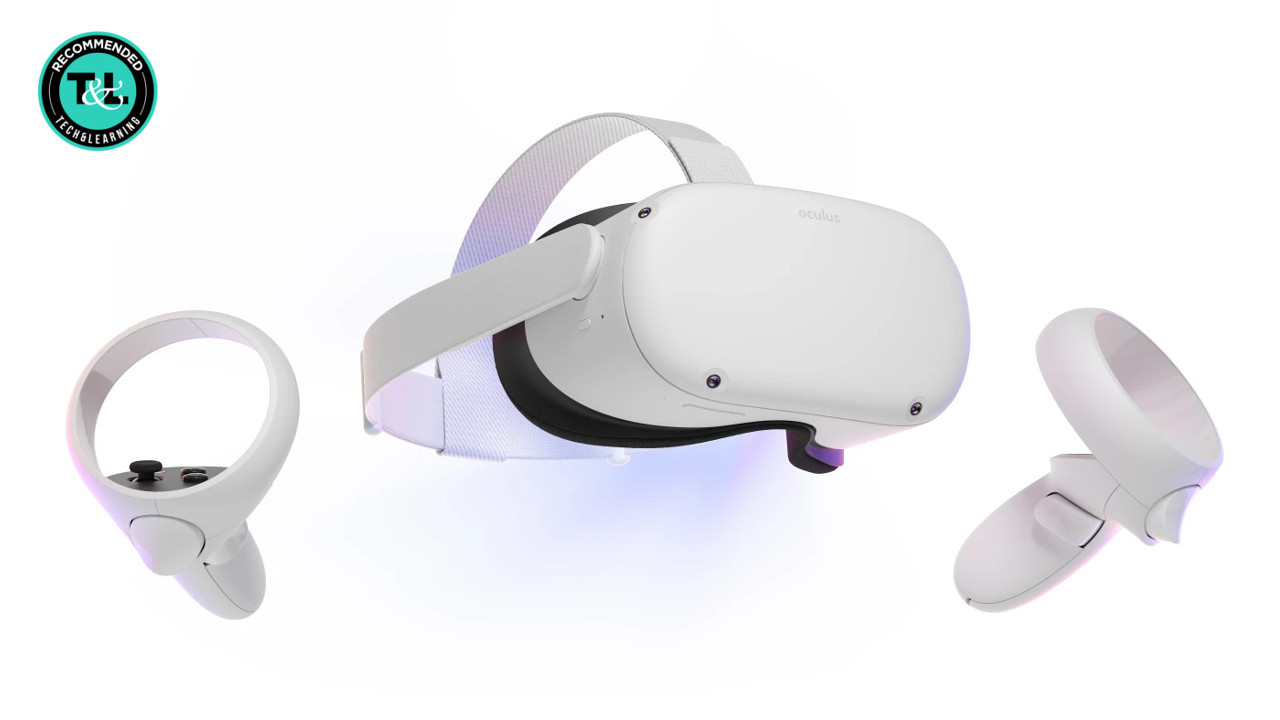
Meta Quest 3
Our expert review:
Specifications
Reasons to buy
Reasons to avoid
The Meta Quest 3, formerly Oculus, is one of the most powerful standalone headsets out there right now. While it's not specifically built for the classroom, it packs in so much power, so many features, and such a wealth of content, that it's a great classroom tool. It's not cheap, and you do need a Facebook account to get up and running, but it's worth all that for the super accurate gesture controls and more.
This is a light model, making it suitable for younger users too. Everything runs quickly and the display is crisp and high-res enough to help even those less comfortable with VR to be at ease using this headset.
5. Google Cardboard: Best Affordable Option
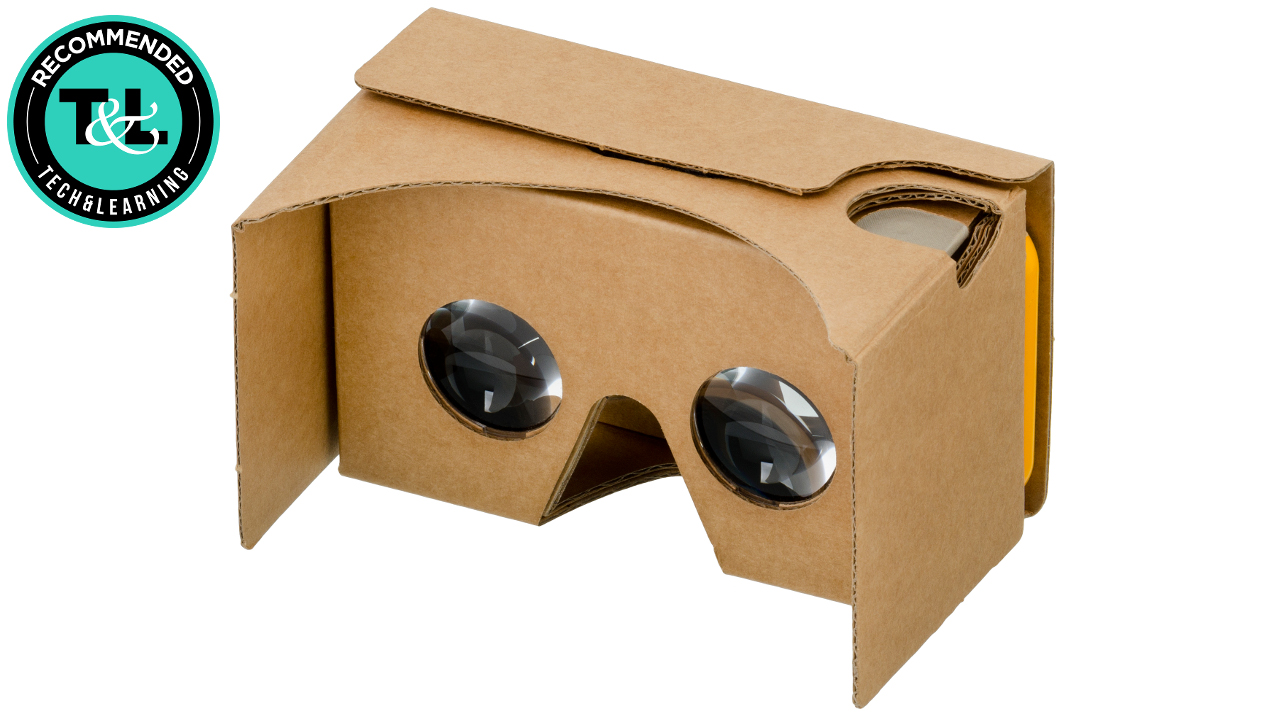
Google Cardboard
Our expert review:
Specifications
Reasons to buy
Reasons to avoid
Google Cardboard is a very, very affordable option. At its most basic, this is a cardboard box with two lenses, and although there are many unofficial versions with plastic build and head straps for a little more, we're still talking under $25 here.
A smartphone is required in the headset to make the magic happen, but the system is still relatively cheap and can work anywhere. A negative as not all students have powerful enough smartphones, or want to risk breaking one.
Since this is part of the Google VR system, you get lots and lots of content that's always being updated. Google Expedition offers virtual school trips all over the world and, of course, it's all free to use. Beyond that, there are educational apps and the ability to create content for viewing. Add that to Google Classroom and you have yourself a very capable VR platform.
6. Windows Mixed Reality: Best for AR
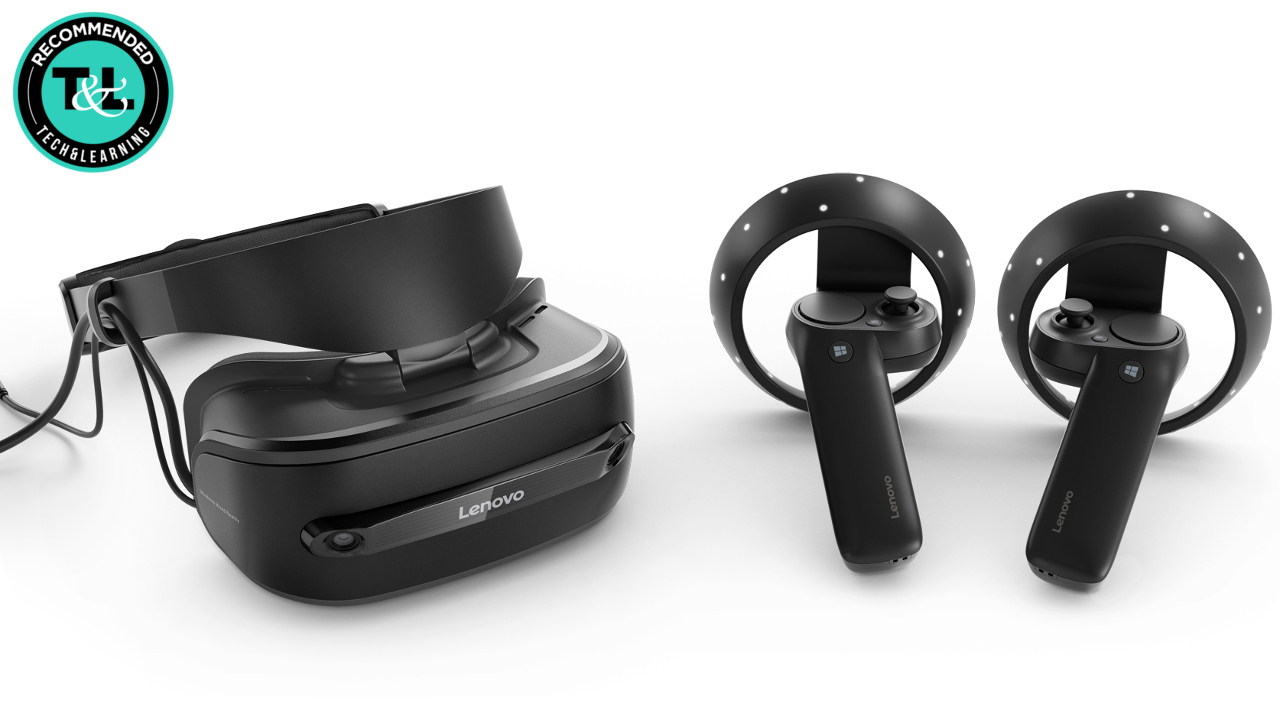
Windows Mixed Reality
Our expert review:
Specifications
Reasons to buy
Reasons to avoid
Microsoft's Windows Mixed Reality is an augmented reality (AR) platform that works with Windows 10 and 11 devices and a selection of headsets. A fair amount of content is free, created by VictoryVR, but it's nothing compared to the scale of Google. That said, this is curriculum-specific content, so expect it to be useful: From virtual dissections to holographic tours, it's all very immersive.
The big sell here over a lot of VR is that this brings the virtual into the room, allowing students to have their hands recognized to interact with the virtual object as if they were really there. This is Microsoft, so don't expect it to be cheap, but there are a number of partners offering headsets, such as Dell and HP. Microsoft itself offers the Hololens 2.
Of course you can simply use a Windows 10/11 tablet with no headset for an AR experience too, as a more affordable alternative.
7. Apple AR: Best for Visually Engaging Apps
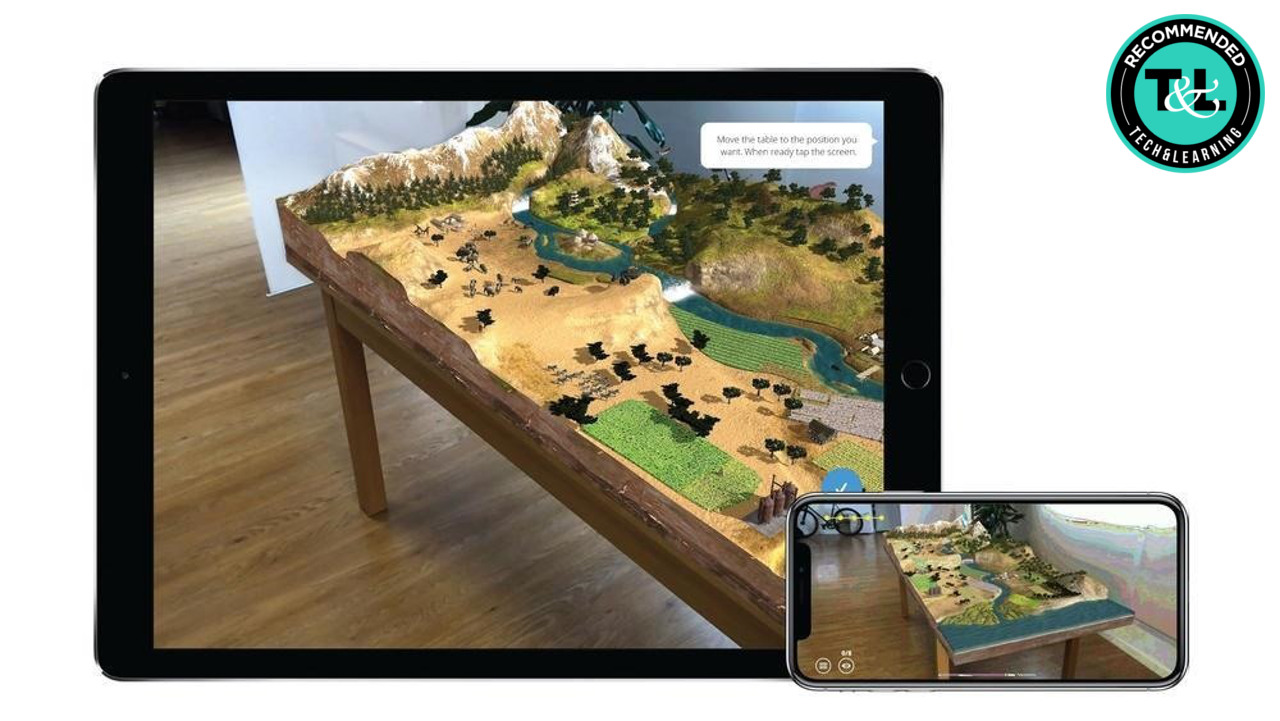
Apple AR
Our expert review:
Specifications
Reasons to buy
Reasons to avoid
The Apple AR offering is one that's built for use on its tablets and phones, specifically the LiDAR packing iPad Pro. Consequently, this is an expensive option when it comes to hardware. But for that outlay you get some of the most visually attractive and engaging apps designed specifically for education.
Put a virtual civilization on a school desk or explore the stars during the day, all from a single screen. Of course, if students already own Apple devices that can help to extend the experience without cost to the school. Since this is Apple, expect plenty more apps to come and lots of free options too.
8. Vive Cosmos: Best for immersive games
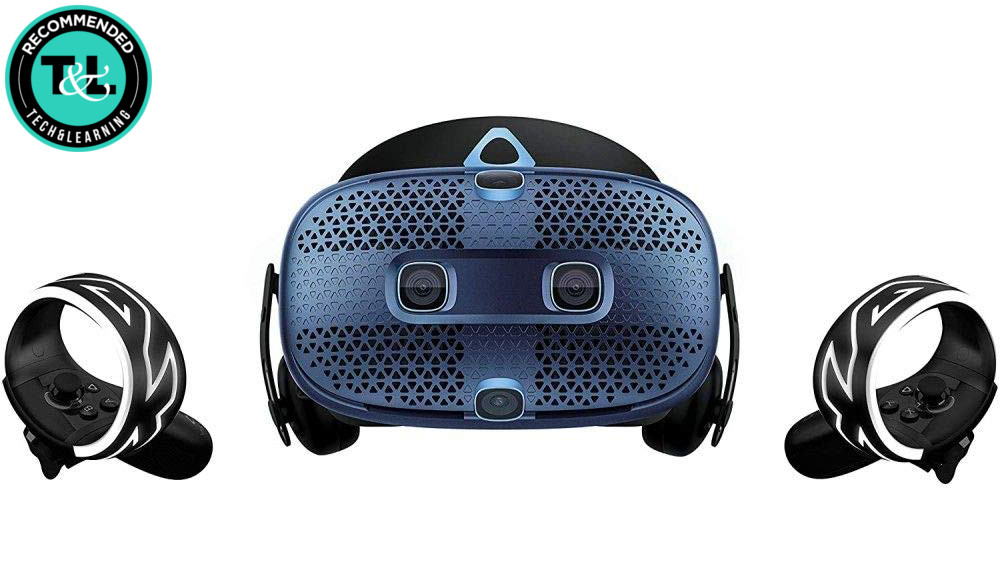
Vive Cosmos
Our expert review:
Specifications
Reasons to buy
Reasons to avoid
The Vive Cosmos is a super powerful VR and AR headset that comes with very sensitive and accurate gesture controllers. All that is backed by a PC connection, so high-powered experiences are possible. Plus, there is a lot of modular capability, so you can invest less up front and upgrade parts as and when you need.
The programs include Vive Arts for educational content, from pairings with the likes of the Louvre and Museum of Natural History. This allows students to build a tyrannosaurus rex, bone by bone, for example. A lot of free content is available including a virtual anatomy class, a light refraction experiment, and more.
9. Apple Vision Pro: Best for ease
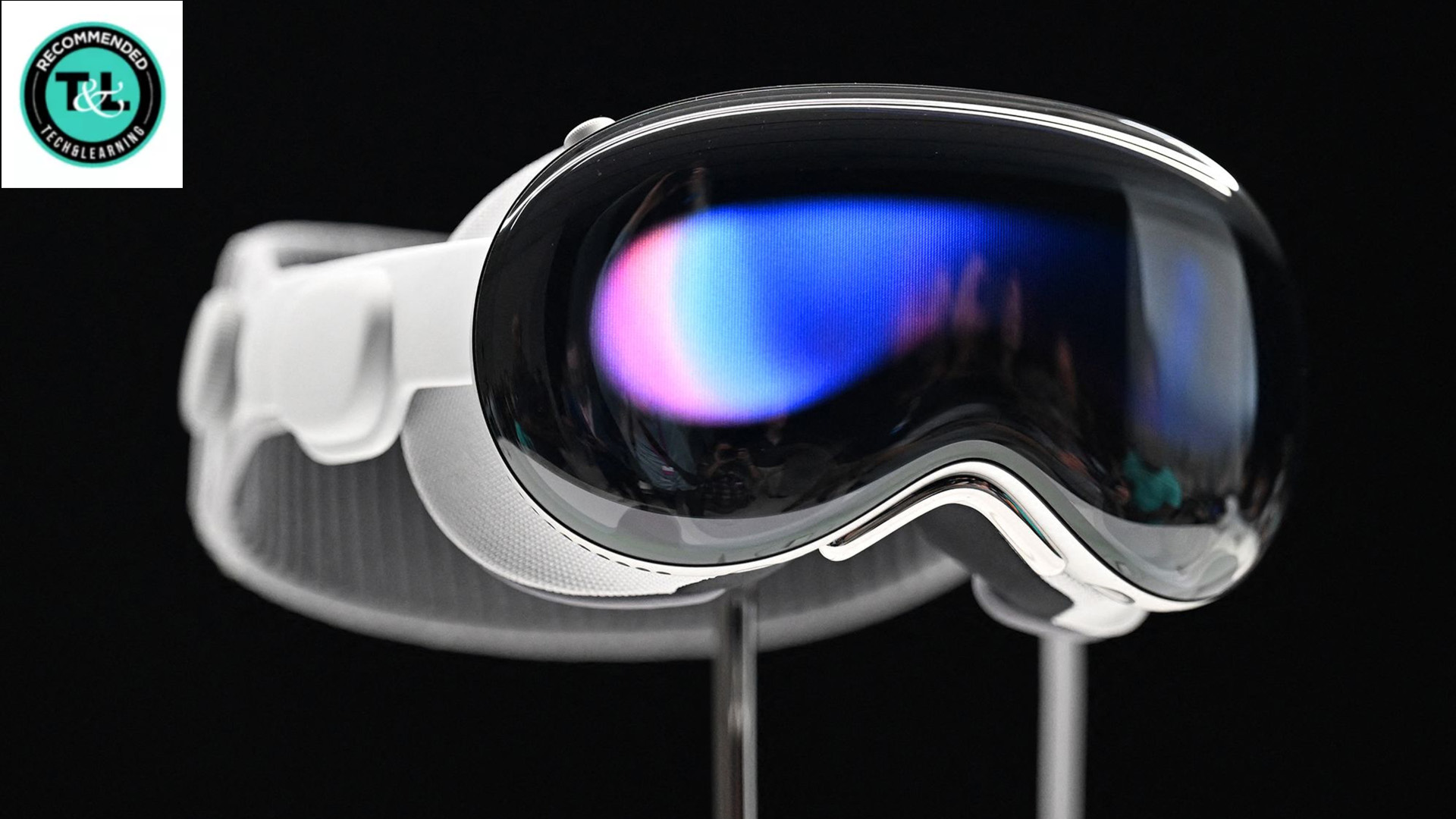
Apple Vision Pro
Our expert review:
Specifications
Reasons to buy
Reasons to avoid
The Apple Vision Pro is a very impressive AR contender on this list but it's low down here as it's also very, very expensive. Sure, this being Apple means it's easy to setup and use and with more and more rich content landing daily. But that also means an Apple price tag which puts this out of reach for many schools -- or at best, taking turns and sharing a headset.
Thanks to eye-tracking smarts and superb display resolutions, this is super simple to use and looks great. But it's not designed specifically for schools, so keep that in mind if you're thinking of making the investment.
Pricing and short battery life aside, plus that heavy headset weight, this is one of the best VR experiences you can have and it will only get better, so if you can afford it, this is worth a try.
Tools and ideas to transform education. Sign up below.
Luke Edwards is a freelance writer and editor with more than two decades of experience covering tech, science, and health. He writes for many publications covering health tech, software and apps, digital teaching tools, VPNs, TV, audio, smart home, antivirus, broadband, smartphones, cars and much more.
